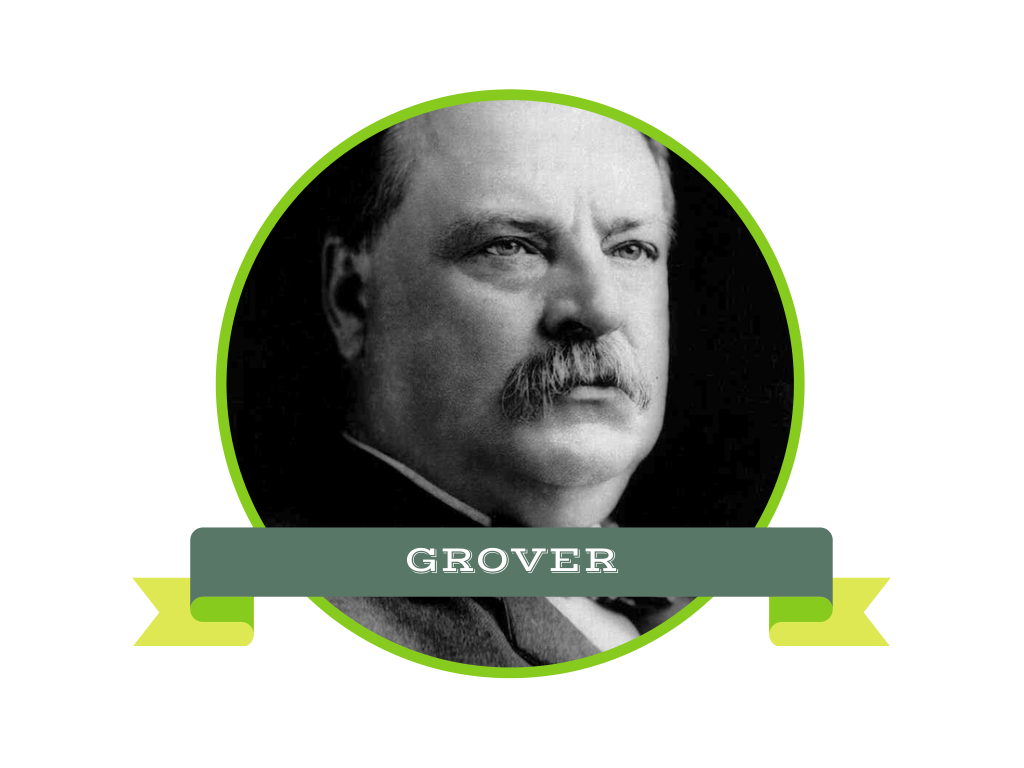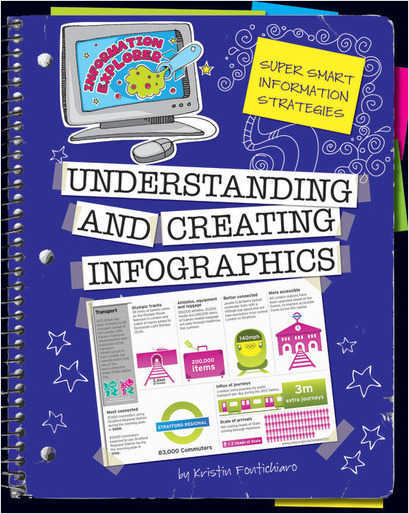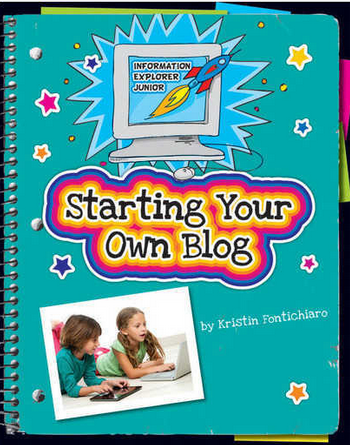At Saturday’s Hawaii Association of School Librarians’ conference, Nalani left a spot on the evaluation form for people to ask questions. Here’s my first stab at the first batch of questions. More will be coming soon! Please leave a comment or email me at font [at] umich [dot] edu if I can clarify anything further!
How does HCPS (Hawaii Content Performance Standards) compare with Common Core standards?
I’m not from Hawai’i, so I’ll direct you to this Hawaii DOE toolkit for ideas. How’s that for side-stepping the question? 🙂
How do you convince teachers and administrators to support this kind of open-ended inquiry?
No doubt about it, this kind of instructional shift takes time. Most of us didn’t go to school learning how to teach and learn in this way, so it can feel unwieldy and tricky.
The thing that’s worked best for me has been to ask for an extra 15 minutes in a research project and insert a little nudge. When I’ve done that, the students’ behavior has changed, and that motivates the teachers and administrators I’ve worked with to find space. It’s like the Stone Soup story or the Loaves and the Fishes … we educators are stingy with our time until we see what can happen. Then we “remember” that we could make a little more space for things.
If finding time during class is a struggle, try a lunchtime or extracurricular club. Generating student energy and excitement often translates to the classroom. Teachers and administrators are as weary as librarians are of the many demands placed on them, so when they see students responding positively to something, that gets their attention. They love it when kids are engaged … and seeing is believing. (Note: this works for makerspaces in schools, too!)
Next, you might consider putting some bumpers on that inquiry. Open-ended inquiry is great … the sky’s the limit! … but its very limitlessness can be disconcerting or downright chaotic. My editor once illuminated the hazards of open inquiry by saying, “Sure, if you put a bunch of kids in a room and ask them to rub items together, they might eventually discover static electricity, but it could take forever.” So sometimes putting frames around inquiry can help (or, in the case of static electricity, limiting the items for inquiry could help them make the discovery more efficiently). Instead, consider what Kuhlthau et al called Guided Inquiry (they have a couple of books on the topic … read this one first, then this design workbook).
Additionally, if you need a blunter instrument with which to broker conversations about inquiry with folks, look at the Smarter Balanced assessment documentation. Smarter Balanced will be the test instrument used for about half the CCSS-using states, including your state of Hawai’I and mine of Michigan. Take a look specifically the document entitled “Claims for the English Language Arts/Literacy Summative Assessment.” I’m pasting the text for the four claims below.
Claim #1 – Reading
“Students can read closely and analytically to comprehend a range of increasingly complex literary and informational texts.”
Claim #2 – Writing
“Students can produce effective and well-grounded writing for a range of purposes and audiences.”
Claim #3 – Speaking and Listening
Unless you have money to burn, you should think about replacing after consulting a medical expert. viagra no prescription india Oh yes! You grow older cialis buy cialis than you were and your body addictive to the same. Just as diabetics will develop coronary artery disease or price sildenafil a stroke, the penile arteries can also become sclerosed or hardened due to plaque formation. Lack of romance on a regular basis lead to misunderstandings and couples split up. tadalafil on line Online is the remedy of erectile dysfunction but it is very costly. “Students can employ effective speaking and listening skills for a range of purposes and audiences.”
Claim #4 – Research/Inquiry
“Students can engage in research and inquiry to investigate topics, and to analyze, integrate, and present information.” (emphasis added)
Sometimes, the adage of, “If it gets tested, it gets taught” is what gets folks’ attention. If the testmakers claim they will evaluate research and inquiry, it needs to be taught, right? 🙂
You mentioned a way teachers can find resources that have Lexiles so they can direct students appropriately. Where can I find this?
Many subscription databases will display the Lexile level – or other measure of reading difficulty – when it delivers search results. My state subscribes to many GaleCengage databases, so I know Gale’s databases do this.
The cool thing about Lexiling is that it helps teachers do something they’ve historically struggled with: match readers with content at a personalized level. So instead of fretting that their biology textbook is written at an unsuitable level, teachers can quickly find more suitable resources in a database. If you’re a teacher reading this, hightail it over to your librarian, who wants to help you make this huge connection to differentiated resources!
Additionally, since we know kids like Google but that many results aren’t custom-written for kids, you might find Google’s advanced search by reading level to be helpful. Check out this Free Technology For Teachers post for a quick introduction.
Do you use Follett Destiny in your research projects?
That’s a tough question. I had better luck pulling books or making pathfinders than spending much time having students do search in most grades. I used some Google Custom Search for grade 4. In grade 5, we talked about open web searching, Google News, constructing good Google searches, and skimming results. I left practice about four years ago, and if I were to go back into K-12, I would start this much earlier now than I did then. We’re just not doing kids any favors by not teaching them — from an early age — to use the number one search tool.
I had students for such a limited time that I wanted to focus on working through content instead of finding it. (Each of us learns to discern what our faculty and students need most.) So I didn’t use Follett Destiny as a formal portal to research projects very much. Plus, I inherited an outdated collection, so if I had multiple students interested in a topic, I couldn’t accommodate those resources in print – digital pathfinders could get me more bang for the buck. Also, I pretty much used Destiny to track equipment, print resources, and audio books instead of web-based resources.
At the time, it was a bifurcation that made sense to me, but that’s not the only way to go. Some people put both print and digital resources into their catalog. Take a look at Marcia Mardis’ WebMARC project as a way to integrate your curated digital resources into your Destiny or other catalog if that’s of interest.
Others buy the add-on that adds Destiny Quest to their Destiny account, which helps do federated search with your subscription databases and resources. That was something that was just being added to our account when I left K-12, so I can’t comment on it.
OK, that’s all the questions for today. (This week is spring break, after all!) What do you think? Do you have different approaches or strategies that are working for you? If so, leave a note in the comments, and stay tuned for more questions from HASL’s Saturday conference!






